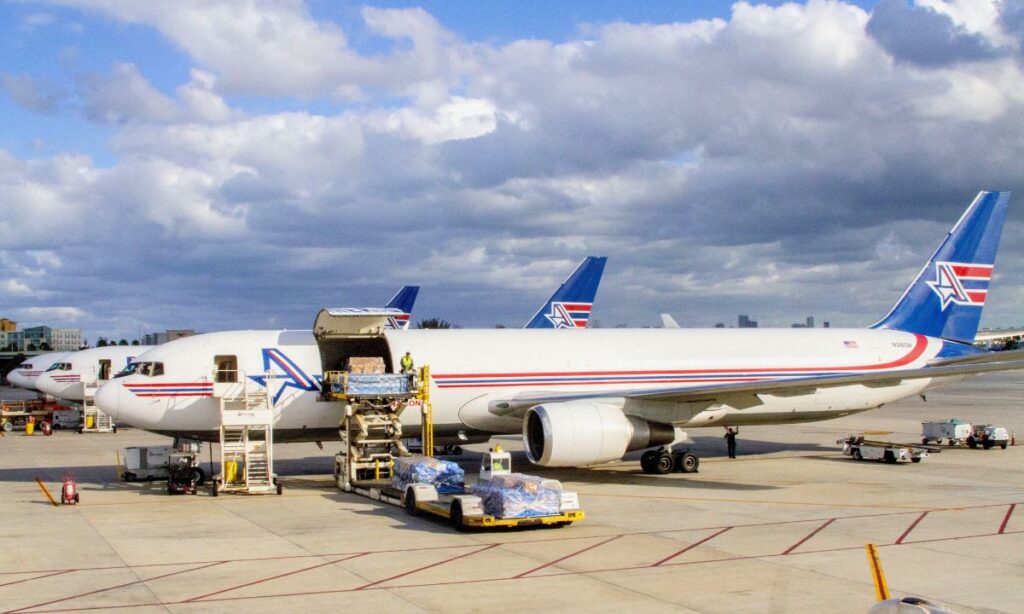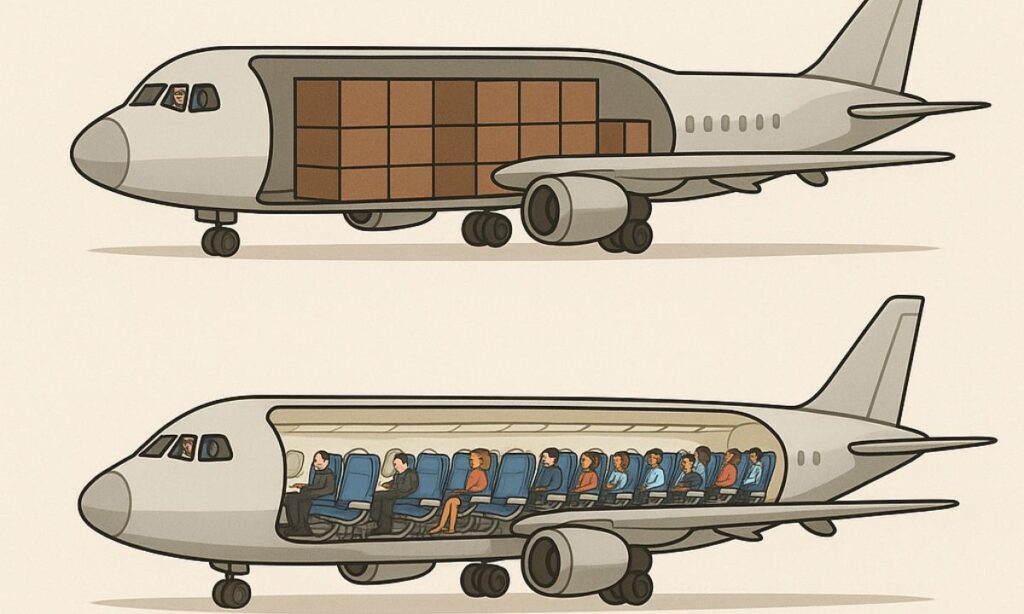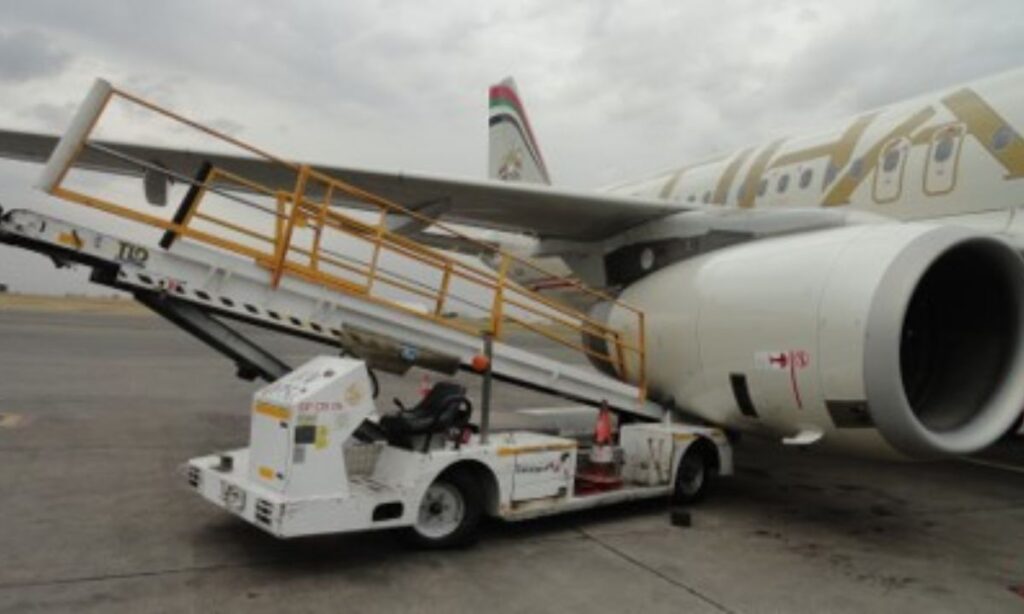How cargo planes differ from passengers plane
Ever wondered how your online order reaches you overnight, or how large items like cars, machinery, or medical supplies are transported across the world? That’s where cargo planes come in. While both cargo planes and passenger planes may look similar from the outside, their purpose, design, and operations are very different.
Whether you’re an aviation enthusiast, a student, or someone preparing for a career in the airline industry through the Air hostess course, understanding how different types of aircraft function can give you a deeper insight into how the aviation world works.
In this blog, we’ll break down the key differences between cargo planes and passenger planes in a simple, easy-to-understand way — with bold highlights, a comparison table, and real-world examples.

1. Purpose & Mission
The main difference lies in what they are designed to carry.
-
Passenger planes are designed to carry people, along with their baggage. Everything inside is focused on comfort, safety, and convenience.
-
Cargo planes (also called freighters) are specifically built or converted to transport goods, packages, and heavy equipment efficiently.

2. Structural & Interior Differences
Interior Layout
| Passenger Planes | Cargo Planes |
|---|---|
| Filled with seats, windows, overhead bins | Open space with cargo rails and pallet tracks |
| Designed for comfort | Designed for maximum space and load capacity |
Floor Strength
Cargo aircraft floors are reinforced to support heavy pallets and machinery.
Passenger planes have standard flooring suitable only for people and light luggage.
Door Design
Passenger planes have small side doors for people and luggage.
Cargo planes have large side or nose doors to load large cargo containers.
📍 Example: The Boeing 747-8F freighter has a nose that opens upward, allowing vehicles or bulky items to be loaded directly.
Windows
Passenger planes include multiple windows for visibility and aesthetics.
Cargo planes have no passenger windows, reducing weight and improving efficiency.

3. Operations & Flight Scheduling
Flight Timing
Passenger flights usually operate during peak travel hours.
Cargo flights often operate late at night or early morning, allowing next-day delivery.
Crew Differences
Passenger planes require pilots, cabin crew, and attendants.
Cargo planes only need pilots and sometimes a loadmaster (to supervise cargo balance).
Turnaround Time
Passenger flights require boarding, baggage loading, cleaning, meal prep, etc.
Cargo flights focus on loading/unloading freight, which is faster in many cases.
4. Earnings & Payload Focus
Revenue Generation
Passenger airlines earn money by selling seats.
Cargo airlines earn from weight and volume (payload capacity).
Volume vs. Comfort
Passenger aircraft balance seat density and comfort.
Cargo aircraft maximize storage efficiency to carry more freight.
📍 Fun Fact: The Boeing 747-8F freighter can carry over 140 metric tons of cargo in a single flight!
5. Aircraft Conversion (Passenger to Cargo)
Many older passenger planes are converted into cargo planes to extend their lifespan.
Conversion process includes:
- Removing seats
- Removing or covering windows
- Reinforcing floor
- Installing cargo loading systems
- Adding large cargo doors
This type of converted aircraft is called a “P2F” (Passenger-to-Freighter) conversion.
Comparison Table: Cargo Plane vs Passenger Plane
| Feature | Passenger Plane | Cargo Plane |
|---|---|---|
| Main Purpose | Carry people | Carry goods |
| Interior | Seats, windows, amenities | Open space for cargo |
| Floor | Standard strength | Reinforced floor |
| Doors | Small boarding doors | Large cargo doors |
| Crew | Pilots + cabin crew | Pilots + loadmaster |
| Schedule | Fixed passenger routes | Demand-based logistics |
| Revenue | Per passenger | Per kg/ton of cargo |
Real-World Examples
| Aircraft Model | Passenger Version | Cargo Version |
|---|---|---|
| Boeing 747 | Boeing 747-400 | Boeing 747-8F |
| Airbus A330 | A330-300 | A330-200F |
| Boeing 777 | 777-300ER | 777F |
| Old passenger jets | Converted into P2F freighters | Used by DHL, FedEx, UPS |
6. Safety & Regulations
Both types of planes follow strict aviation safety regulations, but priorities differ:
- Passenger planes must include emergency exits, oxygen masks, life vests, evacuation slides, etc.
- Cargo planes have lighter safety requirements for passengers but strict rules for hazardous materials, flammable goods, and weight balancing.

7. Why These Differences Matter
Understanding these differences helps us realize:
- How global trade relies on cargo aviation
- Why overnight deliveries are possible
- How aircraft are optimized for different roles
- How older passenger planes get a second life as freighters
📍 Without cargo planes, companies like Amazon, FedEx, DHL, UPS, and e-commerce platforms couldn’t deliver quickly across continents.
FAQ Section
Q1: Can passenger planes carry cargo?
Yes! Passenger planes often carry extra cargo in the belly hold, but only small parcels or luggage-sized items.
Q2: Are there aircraft that carry both passengers and cargo?
Yes, “combi aircraft” can transport both on the same deck (e.g., some Boeing 737 and 747 variants).
Q3: Are cargo flights faster?
Not always. They fly at similar speeds, but cargo planes may have priority for express deliveries.
Q4: Why don’t cargo planes have windows?
Windows add weight and are unnecessary without passengers, so removing them improves fuel efficiency.
Final Thoughts
Both cargo planes and passenger planes play crucial roles in aviation.
While one connects people, the other connects businesses and global trade.
So next time your online order arrives faster than expected, you’ll know there’s a powerful cargo aircraft working behind the scenes to deliver it to you!





